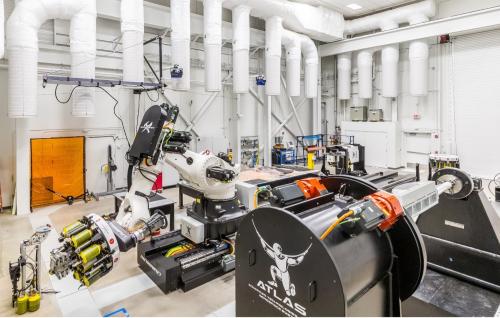Business dynamism has been declining over the past two to three decades in the United States, as a number of papers I have co-authored with Ian Hathaway demonstrate. This decline is manifested in two disturbing trends: more or less steady drops in the “startup rate” (the ratio of firms one year old or less to total firms) and in a measure of employee churn among firms.
Startups, associated with innovation, are unambiguously good for economic growth. Employee churn—movement of workers between jobs—is a sign of both new business creation and growth, but also of a healthy labor market in which workers are moving from areas where demand is weak to those where it is strong.
Business dynamism and economic opportunity
But is a more dynamic economy—with more startups, presumably more disruption, and more movement of people between firms—good, bad or neutral for social mobility and economic opportunity?
We don’t have that more dynamic economy yet, and the one we have already has aroused fears that income inequality will only continue to widen and what might be called “desirable mobility,” or the ability to climb up the economic ladder by gaining more skills and working hard, is becoming more difficult.
In particular, there is a widespread concern, even among many previously skeptical economists, that automation trends “this time”—continuing advances in information technology and robotics—is fundamentally different in character than all previous waves of automation, which lowered costs for consumers without widening income inequalities. This was because workers gained skills at roughly the same rate as technology advanced. So in the aggregate, displaced workers found new jobs—the total number of jobs did not fall as many feared—at roughly the same wages, maybe better.
Automation and downward mobility
The case that current and future waves of innovation, however rapidly they may come, will worsen inequality has been made by some noted economists – including George Mason’s Tyler Cowen, and MIT’s Erik Brynjolfsson and David Autor. In their view, those at the very top, facile in IT skills, do well, while many new low-paying jobs are created to service them. Jobs for workers paying “middle class wages” are disappearing. We are headed, if these trends continue, to an “hourglass” economy, or maybe worse (a 20/80 economy is Cowen’s prediction). In such a world, there may be plenty of mobility, but far more people will move downward than will move upward.
Business dynamism as defense against automation
Does this dystopian future have to come to pass? Federal Reserve Chair Janet Yellen suggested in a recent speech on income inequality that a pick-up in new firm formation—yes, more business dynamism—could spur more upward mobility, at least for founders and their employees. Whether mobility would be enhanced for others will depend on the nature of the new firms that are created and what products and services they sell.
In a global economy, business dynamism is really not a choice. If other economies exhibit more dynamic firm structures and thus faster innovation than us, our firms will either gradually lose out or move their facilities abroad. Either outcome would augur poorly for mobility at home.
Whether the needed turnaround in entrepreneurship rates and education can be accomplished in time to prevent the dystopian futures many fear is the great economic challenge of our time.



Commentary
Declining business dynamism: What does it mean for social mobility?
March 12, 2015